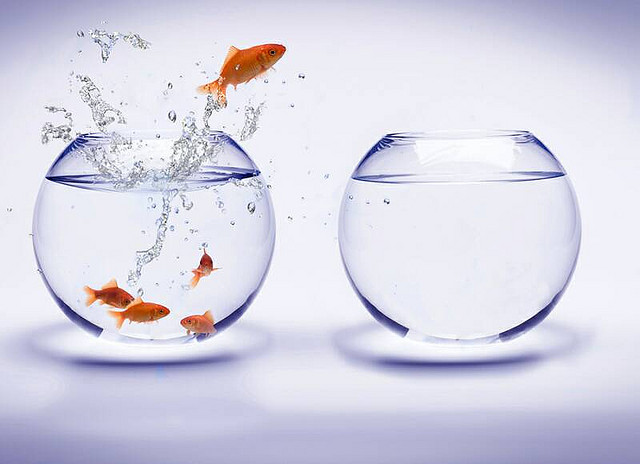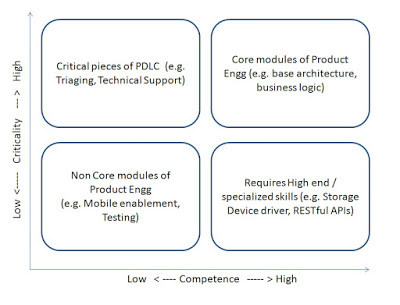B2B SaaS products have been around for more than a decade now. Almost every day there is a new B2B SaaS product being launched in the market replacing all the competing products. Sky is the limit to grow SaaS products in the markets that they cater to. Fraction of the SaaS eco-system has been successful. Majority of mid-size and small SaaS products are eagerly waiting to cross the line of success. Now let us take a look at ‘what are the key aspects of SaaS businesses which need to be measured to arrive at success or failure?
What to measure and How?
Every business is measured by its financial success (except non-profit businesses). Now, for SaaS business, is the financial success measured differently? The key to measuring success of SaaS products is success of its Customers. Terms related to SaaS businesses are: ARR (average recurring revenue), ARC (average recurrent cost), AAC (average acquisition cost). Following is the equation for profitability:
(ARR – ARC) X Current Customers – AAC x New Customers = Profit of SaaS.
Now, the key parameter to be noticed in this equation is - Customers (new and old). Profitability of SaaS products is dependent on customers. Traditional software’s profitability is dependent on the number of copies sold and its cost (amongst other parameters). So, what are those characteristics of the customer which needs to be measured and addressed?
- Customer Churn: There are different methods of calculating churn (daily, weekly, monthly, segment of customers, etc.). As the data grows it can be a big task to define and build a solution to analyze the churn. This is a reactive approach. Customer churn can happen because of SLA performance, Price, Product Quality, and sometimes even customer readiness / awareness. Can it be predicted? To prevent customer churn, one can predict customer churn using specific KPIs. With predicted data, actions can be planned and implemented to proactively reduce this churn. Recurring revenue gives businesses the required stability.
- Customer Acquisition: To attract customers, one needs to facilitate trial processes, streamline the purchase processes, and simplify onboarding processes. Measuring costs to acquire new customers is important, as it helps define the growth of SaaS business. Having said that, if you are able to actually reduce customer acquisition cost–profitability increases. While facilitating trial processes, capturing customer demographics is crucial, as it can be used to predict customer acquisition.
- Customer buying additional services (cross sell and upsell): Existing customers buying additional services, increases average recurring revenue. There is no customer acquisition cost involved while existing customers are buying additional services. Most often, upselling is limited by the size of the customer and breadth of the service offerings. Hence the increase in average recurring revenue is a delta increase. Leveraging data of existing customer (usage pattern), upsell can be predicted.
With customer being the key, measurement has to be a continuous cycle to identify and predict success of any SaaS products / services company.


